Rules for transporting bicycles on the metro
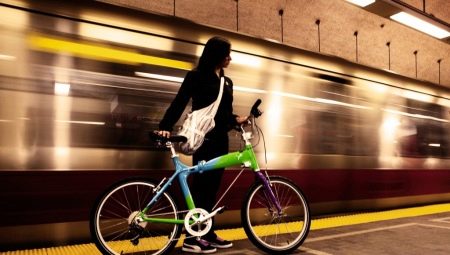
Moving around the city by bicycle, sooner or later, any person is faced with the need to travel a certain distance by metro. Although the rules for using this vehicle are easy to read upon arriving at the metro itself, it would be much wiser to study them in advance in order to avoid any conflicts.
Basic rules of transportation
In Russian cities, transporting a "two-wheeled friend" in the metro is banal. There are only two exceptions to this rule - either a children's bike or an adult bike will be allowed, but which is in a compact folded state. The reason that going with a bicycle to the subway carriages is categorically discouraged is quite simple. The design itself is quite large, and its wheels take up even more space.
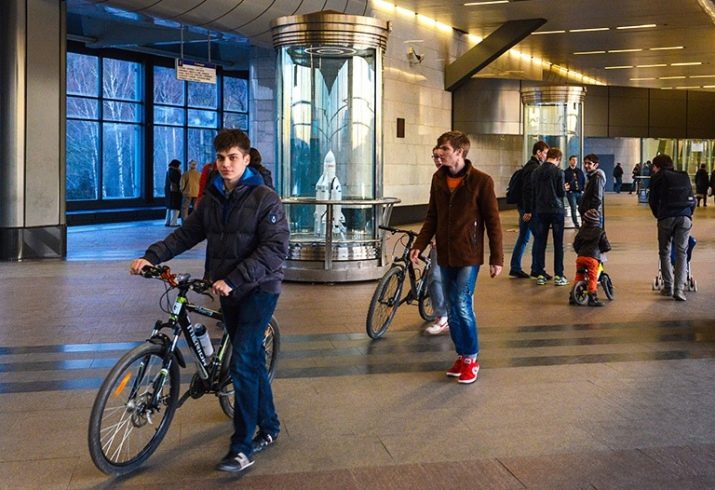
If you measure the area that an adult vehicle takes when unfolded, it turns out that the dimensions exceed the dimensions of the baggage that is allowed to be carried in the carriage.
Cyclists, who first dismantle the front wheel and put the structure in a cover, are allowed into the subway. However, in some cases, it will be possible to go through only by paying additionally for the luggage that has appeared, by purchasing another token.
There are a number of nuances in the rules of the St. Petersburg and Moscow metro. In Moscow, you can transport a bicycle only if it is for children, and this is done free of charge. In this case, the sum of three measurements cannot exceed 150 centimeters, otherwise it will be prohibited to enter the car with the structure.

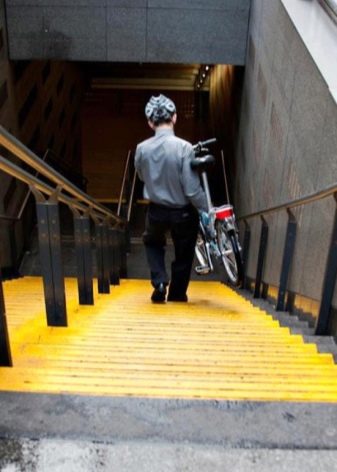
An adult vehicle when folded must comply with the baggage rules: the sum of measurements in width, height and length cannot go beyond the 121 centimeters border. In this case, the carriage is free of charge. If the measurements are in the range from 121 to 150 centimeters, then you will have to pay the cost of one more token for the bike. Carriage of an item with a total overall dimensions of 150 centimeters is prohibited in the metro.
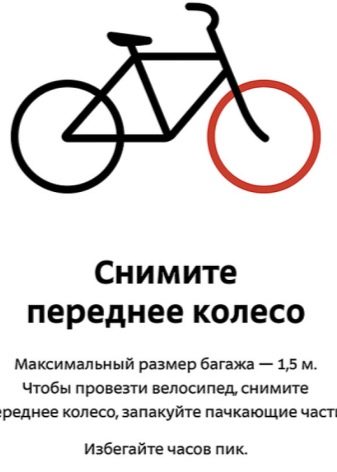

In the St. Petersburg metro, it is allowed to ride with any child's bike, regardless of parameters. However, it will first have to be packed in a cover so as not to stain other passengers and not to put dirt on the subway car. As for an adult bike, the sum of measurements should not go beyond 200 centimeters. Besides, luggage should not interfere with other passengers, otherwise the metro employee may well impose a ban on transportation.
In the event of a conflict, it would be much more correct to resolve the situation peacefully and purchase another token as payment for baggage transportation.
The MCC carriages should also be mentioned separately, since the rules of the monorail are similar to transportation in the metro. It is allowed to transport one bike free of charge, previously disassembled and fixed with special fasteners. We must not forget about protecting others from dirt and injury, that is, a cover or some kind of film.
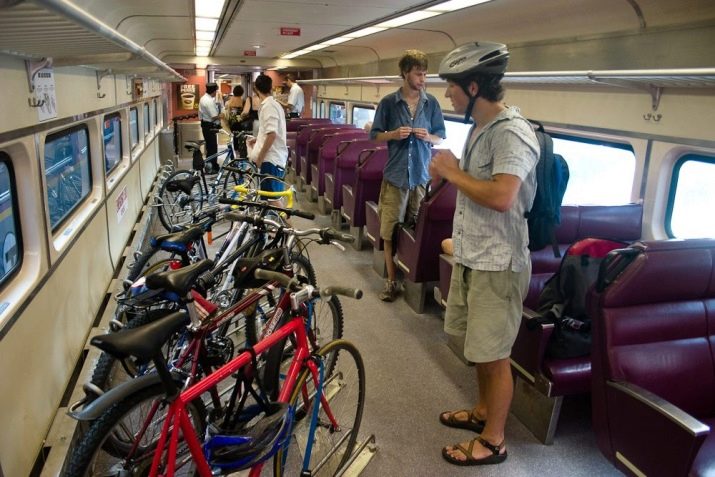
How to transport correctly?
As mentioned above, in order to ride the metro with a bicycle, first you need to disassemble it... It is more convenient to do this on the surface, where there are fewer people, and there is an opportunity to sit on a bench, and then go down to the platform. The front wheel is removable and the steering wheel turns exactly 90 degrees.
It is more convenient to put the parts in a bag, bag or case so as not to harm other passengers. Traveling with a child's bike is much easier: you can either do nothing, or somehow cover the structure with a cover or film, again, so as not to spread dirt. The folding bike is transformed according to the instructions: the frame pipes are bent, and everything is hidden in the cover that comes with the kit.
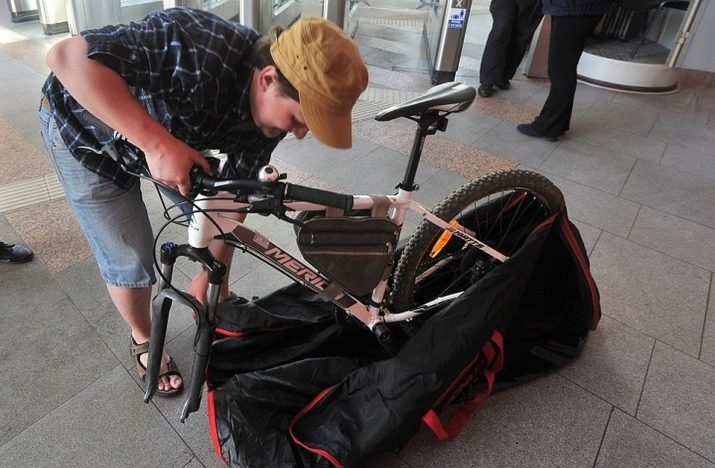
A protective case for a conventional device is purchased from a specialized store or even sewn by yourself. The main requirement for it is to completely hide the frame and wheels, but the handles may well protrude outward, the more it will be even more convenient to hold on to them.
Moving down the escalator with a folded structure, it is better to place it on the right side, and on the left, position yourself if there is no abundant flow of passengers. It is important to fix the brakes of the device and try to be as stable as possible on the steps.

It is necessary to occupy the area inside the carriage located opposite the doors. You should not go to the middle of the cabin if there are no free seating places, and also lean the bike against the sliding doors. It is recommended to place a "two-wheeled friend" in a case across the passenger compartment - this way it will take up less space and will not disturb moving passengers.
On old trains it is best to occupy the space either at the first door of the first carriage, or at the last doors of the last carriage. If the existing car is of a new type, then the outer doors of each car are more suitable.
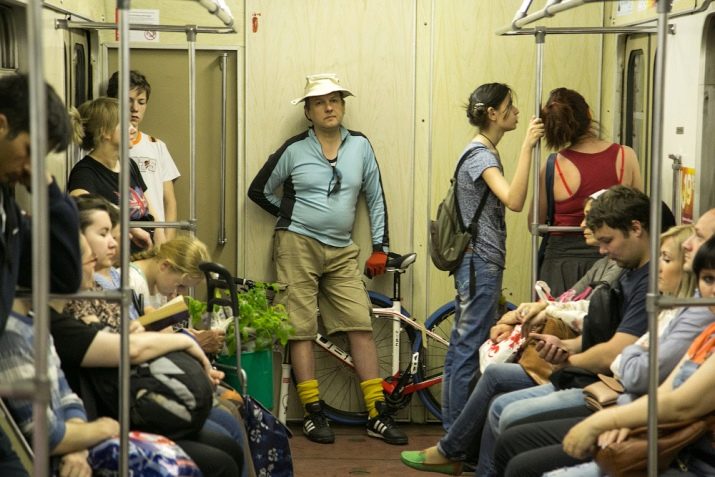
Possible problems
Quite often, information appears in official documents that transporting a folding bike is possible without any additional tweaks, but with this moment everything is not so simple. There is no clear information about which bike is folding, so the cyclist may adhere to the idea that his vehicle fits the description, but the metro employee decides that he should not be allowed to pass.
In principle, sometimes either a disassembled structure or one with the front wheel removed is suitable for the description of "folding", but most often the human factor plays the leading role in a problem situation.
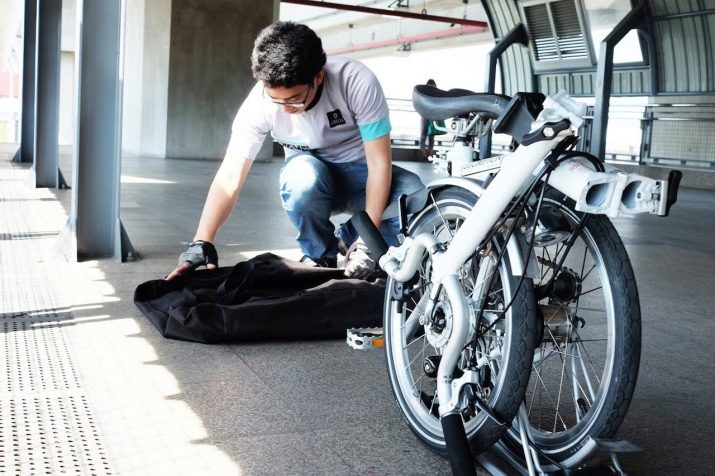
It should be noted right away that it is prohibited to carry not only baggage, the parameters of which go beyond the permissible limits, but also those items that interfere with entering or exiting the carriage or escalator, or in any other way create discomfort for metro employees and other passengers. Finally, piercing, staining or explosive elements are strictly prohibited. Therefore, for example, if the bike is in such a form that it can injure others, its transportation will be prohibited. The same applies to a structure covered in mud, even a child's.
Any cyclist should also understand that it is strictly forbidden to ride on the platform while waiting for the train. This is dangerous not only for the extreme himself, but also for other passengers and even train drivers. Station attendants will immediately want to talk to the troublemaker, after which they may even be removed from the metro.
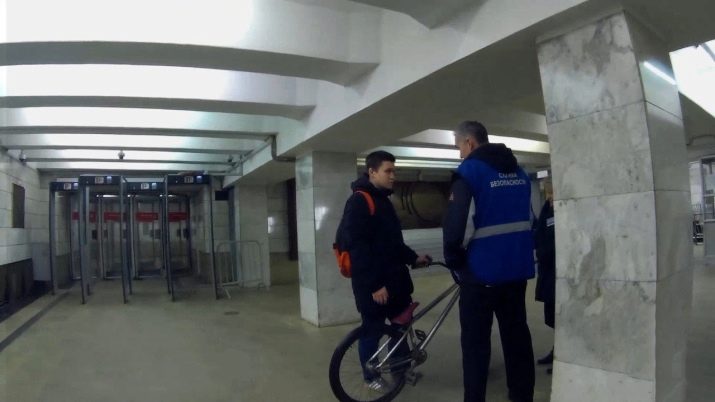
Advice
It must be remembered that transporting your bike by metro or other public transport is a rather difficult and not always pleasant process. Experts recommend turning to this method only when absolutely necessary, because picking up just like that with a rather large load at rush hour, you will be able to deliver unpleasant sensations not only to yourself, but to everyone around you.
It is recommended to go down into the subway if there is no strength for the way back on wheels, the bike is taken as a gift, or the device requires mandatory repair. It is also worth carrying the bike into the carriage if you are planning a country bike ride and you need to get to the start of the route. It is worth planning the use of the underground in such a way as to avoid periods of congestion on underground lines.
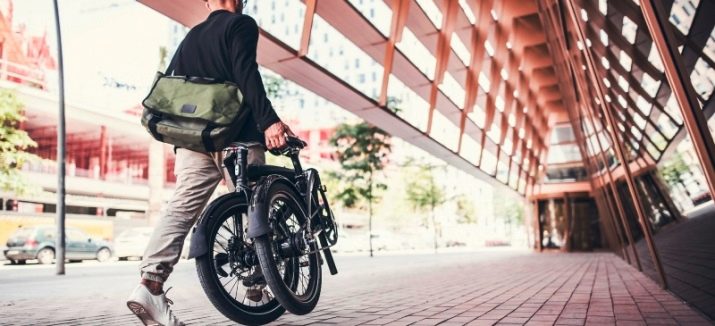
It is better to develop a path even before the direct underground journey and include in it the minimum number of transitions from one branch to another. Ideally, it is better to travel with a bike in the morning or late at night. In addition, it is wise to pre-study the existing rules for the use of underground transport. The document contains not only information regarding the rights and obligations of passengers, but also recommendations on how to act in an emergency.

Despite the existing rules, conflicts in the metro can still arise. In this situation, it is better to be patient and try to solve the problem in the most peaceful way. Compliance and courtesy are still able to come to the rescue. In addition, it is important to take into account the needs of other passengers and be prepared for the fact that they are able to complain to the employees of the metro in case of discomfort.
It should be added that experienced cyclists are advised to immediately take a cover with you for a walk. It does not take up much space, weighs relatively little, but its use always calms the metro employees and solves the problem in favor of the passenger.
It is better to start communicating with the controllers with a respectful greeting, a smile and a direct question whether it is possible to go down to the platform with the bike. In most cases the employee will recommend removing the first wheel, after which the baggage rules are observed. In addition, it is still prudent to immediately have a spare token or card, paid for at least two trips, so that, if necessary, still pay for the transportation of the vehicle.
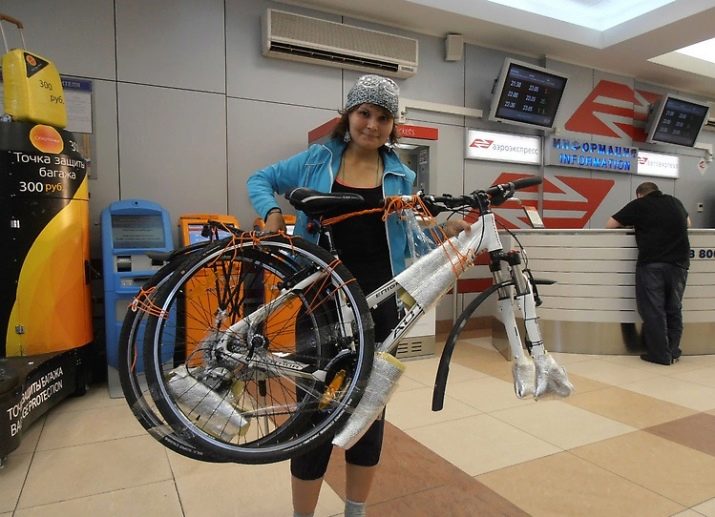
In addition, if a person is not allowed at one station entrance, you can get to another and try to repeat the procedure. The same applies to the station - if you are unlucky on one, then on horseback you can get to another and repeat the procedure again.
For information on how to ride the subway with a bike, see the next video.








